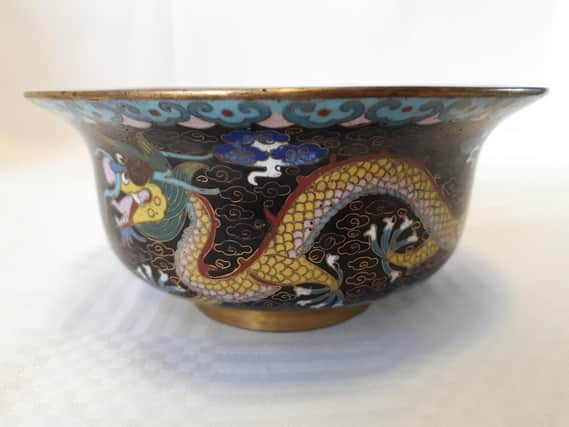Antiques from China soaring in value


We’re lucky to be neighbours to a real cultural coup, Liverpool’s World Museum current “Terracotta Warriors” exhibition.
I hear tickets are limited due to high demand, so if interested, make sure you book before it finishes in October. This exhibition coincides with the sharp rise I’ve observed in the value of Chinese collectables.
Advertisement
Hide AdAdvertisement
Hide AdMy antiques inspiration and mentor was my beloved Grandfather, a missionary doctor in China many years previously, and whilst he didn’t talk about those days, I got to play with the beautiful and exotic curios he’d brought back.
Since the Oriental market opened up in the late eighteenth century, the Chinese traded exquisite antique or specially produced goods to the West. But now, an increasing number of affluent Chinese looking to buy back historic pieces means the market has sharply reversed, so it is a great time to get valued anything you may have tucked away.
Whilst antique vases can fetch headline-smashing millions via online bidders at the top auction houses, even late Victorian pieces, little more than 100 years old, have doubled in value in the last year alone. These include lacquer ware, jade, snuff bottles, paintings, fans, textiles, furniture, rugs, and ceramics including Kraak porcelain, willow pattern and Imari ware, all now worth hundreds of pounds for good pieces.
But beware, with manufacturers like Davenport, Derby and Meissen rushing out ranges to meet demand, even Minton producing its own “Ming” range, there are many more quasi-Chinese reproductions on the market that aren’t genuine.
Advertisement
Hide AdAdvertisement
Hide AdWhatever the piece, study the decoration, especially Chinese dragons. With some variations over time, five claws generally denotes an Imperial dragon, to be used for the Emperor only.
Even objects gifted from the Royal household had the fifth claw removed wherever possible. Four-clawed dragons denotes nobility, and three-clawed lower ministers. So, if you find a five-clawed dragon, it could be genuinely worth some money.
My Grandfather had several items depicting five-clawed dragons, a vestige of his interaction with high-ranking imperial officials, and a tantalising hint of the Eastern adventures of a private man in a fascinating era.